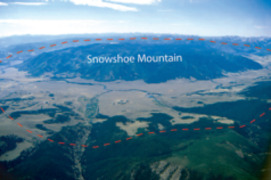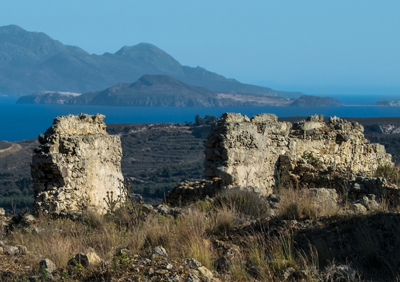The Magma Reservoirs That Feed Supereruptions
The vigor and size of volcanic eruptions depend on what happens in magma reservoirs in the Earth’s crust. When magmatic activity occurs within continental areas, large reservoirs of viscous, gas-rich magma can be generated and cataclysmically discharged into the atmosphere during explosive supereruptions. As currently understood, large pools of explosive magma are produced by extracting interstitial liquid from long-lived “crystal mushes” (magmatic sponges containing >50 vol% of crystals) and collecting it in unstable liquid-dominated lenses.
The Magma Reservoirs That Feed Supereruptions Read More »



